The 22nd Electronic Arts Exhibition, or E3 2016, took place on June 14-16 at the Los Angeles Convention Center. As the major consoles, Xbox, PlayStation and Wii are well into their eighth generation or so, the main focuses of the conference were new software titles, new hardware revisions and virtual reality.
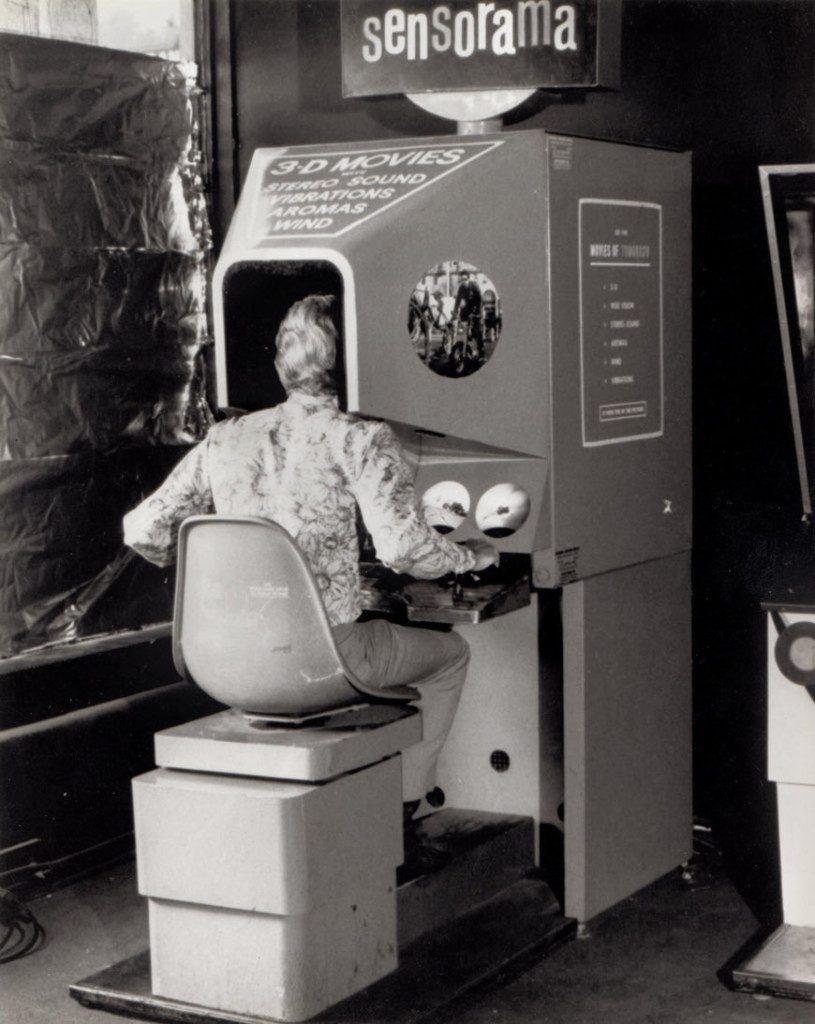
Virtual reality has been a dream chased by many for the last 65 years, since 1950 when Morton Hellig wrote of an “Experience Theatre” which would encompass the senses and allow a viewer to interact with the onscreen activity. Since then, many have spent millions to make virtual reality a real reality, from MIT to Atari, and yet the developments have been clumsy and awkward.
In 2015, we had our first glimpse that virtual reality was indeed the future when HTC partnered with Valve Corporation and announced their HTC Vive headset and controllers would hit the shelves in April of 2016.
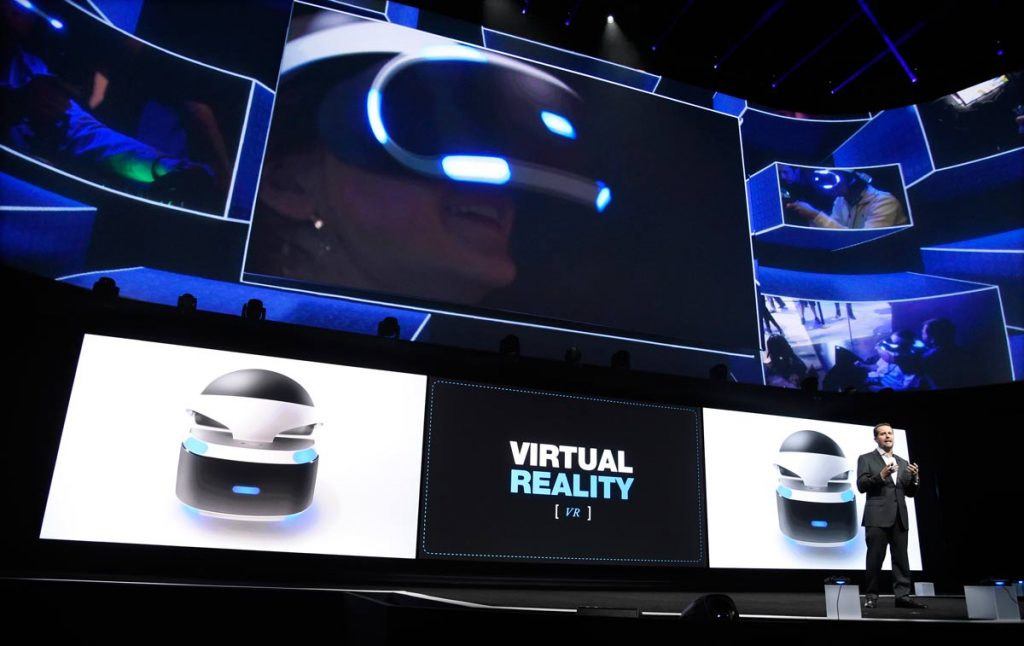
It was at E3 2016 where we realized that virtual reality has indeed arrived. The three majors, Sony PlayStation, Oculus Rift and HTC Vive all demoed their headsets and controllers, allowed the public to play their up and coming games and made announcements regarding the future of VR.
How VR Improves Lives
Virtual Reality will transform our lives in amazing ways. While the E3 focuses on the game subsidiary, there are many avenues VR is travelling down. In our personal lives, instead of FaceBooking or Skyping over the computer, phone or tablet, virtual reality will let you walk down the streets of Paris or sit at a café in Rome chatting with the friend you called. At least that’s what Facebook’s acquisition of Oculus Rift seems to foretell.
Virtual reality will allow us to experience the signing of the Declaration of Independence (almost) first-hand. It will allow surgeons to see inside the human body without incisions, and it will allow movie-goers to be part of the story.
How VR Changes the Multiplayer Game
The benefits of virtual reality are obvious in the big game arena, such as eSports favorites League of Legends or DotA 2. Even for the viewership, it will be more exciting to watch the real actions of the players rather than stare at a screen. No longer will the camera be behind the player showing their computer plays; spectators will also be inside the headset, seeing what reality the player sees.

In the gaming arena, however, it’s not just the big MMOG competitions that will see the experience improve. Take poker, for example. Poker is no longer a young man’s game, as the average player in the US market is 40, and online poker is a very different game than live poker.
In live poker, players must bluff or convincingly lie to other players to get them to fold by believing you have a better hand. Good poker players read the microexpressions and body language of another to make their playing decisions. This is impossible to do in the current world of online poker. With current VR technology, online poker has moved into the realm of bobble heads and moving hands of card. As companies develop better online VR casinos, the headsets will be able to pick up eye movement and facial expression, making the experience more realistic for players.
The Big Three Are Virtually Unstoppable
Sony, Oculus and HTC brought a lot to the gaming table at the E3. Some was impressive and apparently, some was rather nauseating – literally. While all three have made some amazing developments in VR, it seems their goals and results were a little different.
Sony PlayStation
Sony announced that the Sony PlayStation VR headset would be available in October and promised over 50 games by the end of 2016. While even Palmer Luckey of Oculus is thrilled that the major powerhouse of Sony is going after virtual reality with gusto, they still have a few bugs to work out.
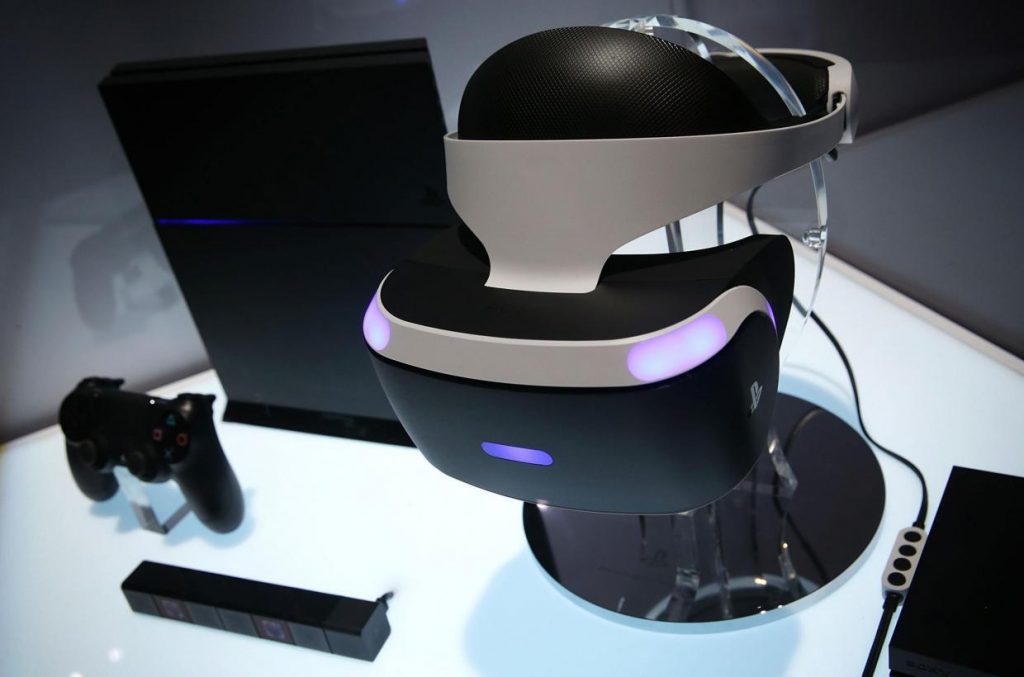
While PlayStation is offering the most games, some of the games are pushing the limits of the PlayStation hardware, such as Resident Evil: Biohazard, just managing to run at PSVR’s required 60 frames per second. The other VR headsets run at a minimum of 90 fps. Sony’s response is to create the PS 4.5 with more power, but that doesn’t help PS4 owners.
Tracking still needs some work as well. The one to one tracking causes just enough delay in the transmission from eyes to brain that simulation sickness can occur. Image quality has room for improvement, but Sony seems determined to iron out these problems before October.
Upgrades to the soon-to-be-released PlayStation Neo may solve many of these problems. And, Sony has neither confirmed nor denied the possibility of a PlayStation 5, which is rumored to encompass far superior VR technology and an affordable price. PS4 headsets are already the most affordable at $399.

The dozen or so VR games that Sony showed off at E3 included Star Wars Battlefront X-Wing VR Mission, Final Fantasy XV VR Experience, Batman: Arkham VR, Farpoint and Here They Lie. There are several great PS VR games that were announced not featured but already have a following. It is expected that Sony will improve the PSVR bugs before the release date, truly making it the promised land for VR enthusiasts.
Oculus Rift
The Oculus Rift was released in March to mixed reviews. Palmer Luckey’s vision was sold to Facebook in 2014 for just under $2 billion, and Luckey has never looked back. With the backing of mega power Facebook, he has been able to dedicate his every waking moment to virtual reality.
The Oculus Rift comes in at almost twice the price retailing for around $600. In a recent article for Rolling Stone, writer David Kushner describes his experience testing out the Rift headset in a mountain climbing simulation. “The experience is so realistic, I can barely look down-when I do, my knees buckle and my palms sweat.” That says a lot for a VR headset.
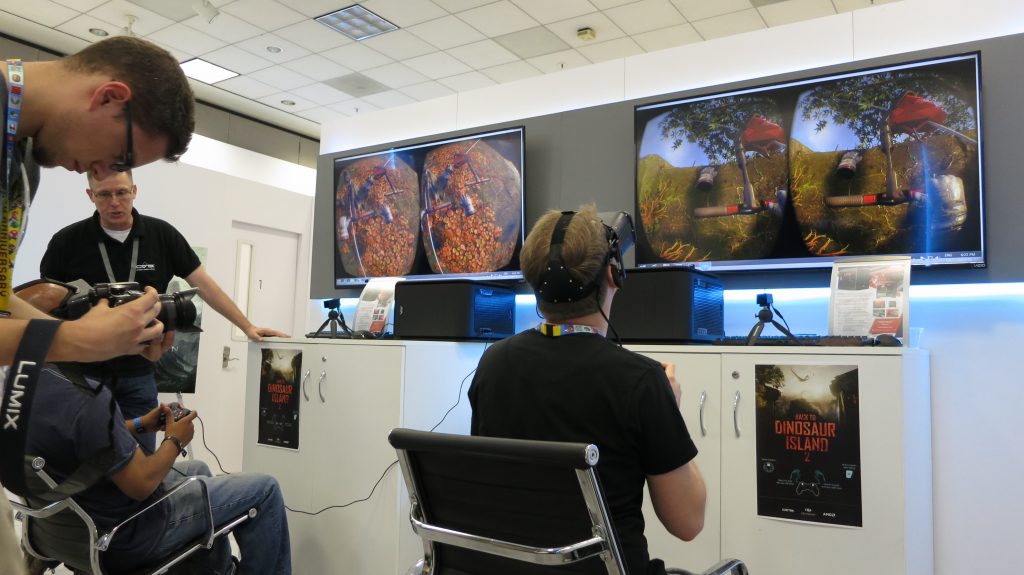
However, The Oculus Rift headset is triggering some simulation sickness as well. However, the headset was launched without the motion controllers. They still have no confirmed date for the controller release.
On top of that, Oculus seems focused on exclusivity as they recently cut off access to a tool that allowed customers to buy Rift games and play them on the Vive or PlayStation. Games such as SuperHot and Killing Floor: Incursion won’t be available for a period of time, while other titles like Ripcoil and Wilson’s Heart will never be available. Oculus gets the “Super cool, but does not play well with others” award for this year’s E3.
HTC Vive
HTC Vive was a strangely quiet presence at E3 2016. Released in April of 2016, just prior to the Oculus Rift, the Vive came with the headset, two controllers and two Lighthouse base station. This retailed for $799, making is the most expensive of the three.
Vive also launched with 50 compatible non-exclusive games, while Oculus has only 30 (100 expected by the end of the year). Vive came with the motion controllers, while Oculus is hoping to have them sometime in July.
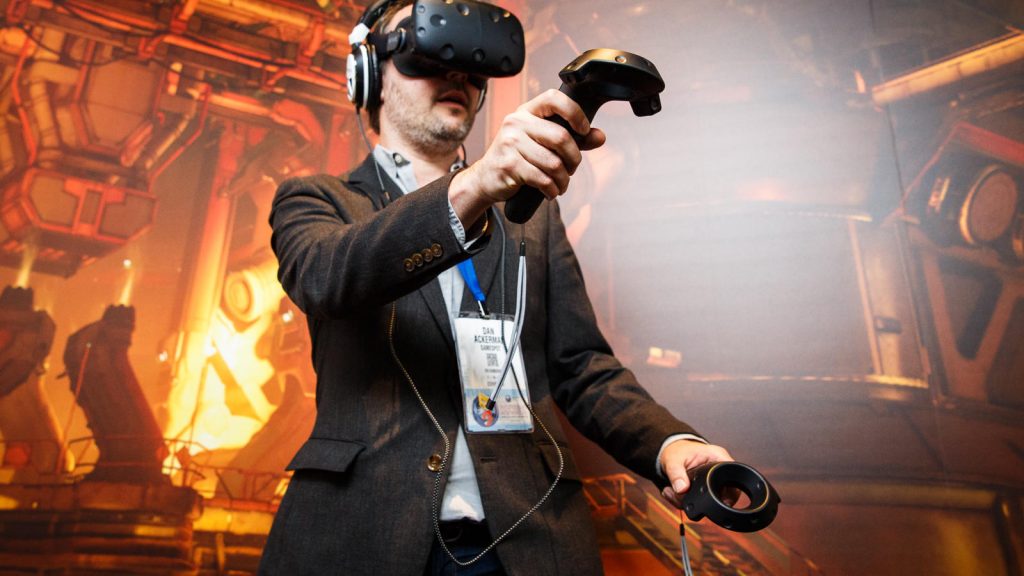
Vive didn’t throw down a ton of new games, and it seemed most of their gaming presence came from outside developers. Bethesda’s games Doom and Fallout for Vive have solved some of the simulation sickness problem by creating a teleport system, allowing you to jump directly to a destination in the game world.
Each system has pros and cons; price, availability and future plans. While Vive seems the “get it good NOW” plan, Oculus seems to have the better hardware development and better games, although they are exclusive. Sony seems a little behind, but if history says anything, it is that Sony will continue to upgrade until they are the best.
Where is Nintendo in all this?
Nintendo seems to be the only game developer not involved in virtual reality. With all the publicized bugs in VR, there is something to be said for “Sometimes you win the game by not playing at all.” On the other hand, someone else said, “You can’t win by sitting on the sidelines.” Only time will tell which is true.
Tory originated from a line of ancient space-faring reptiles. Tory is an article writer whose passion is video games, programming and music.
